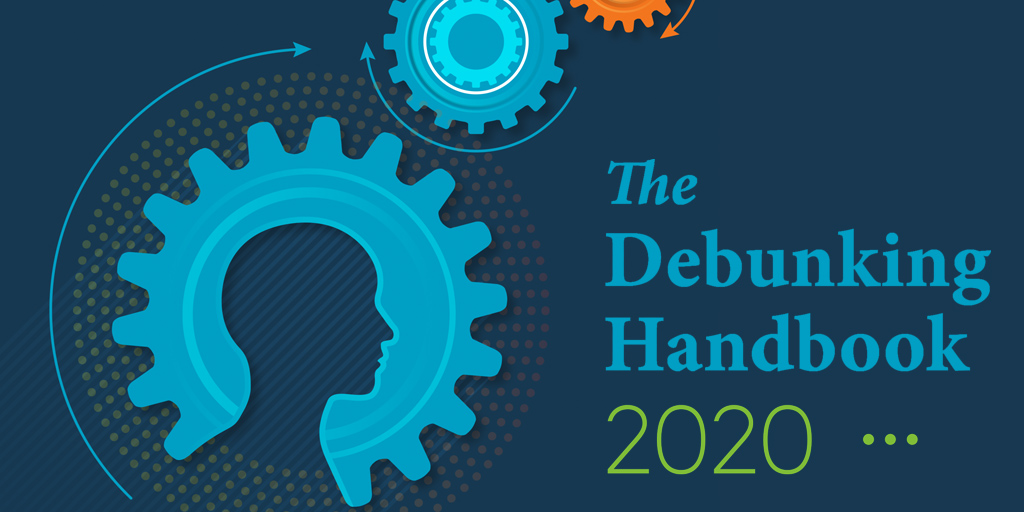Misinformation can do damage
Misinformation can be sticky!
Fact-checking can reduce people’s beliefs in false information. However, misinformation often continues to influence people’s thinking even after they receive and accept a correction—this is known as the “continued influence effect” 1. Even if a factual correction seems effective—because people acknowledge it and it is clear that they have updated their beliefs—people frequently rely on the misinformation in other contexts, for example when answering questions only indirectly related to the misinformation. It is therefore important to use the most effective debunking approaches to achieve maximal impact.
Prevent misinformation from sticking if you can
Debunk often and properly
If you cannot preempt, you must debunk. For debunking to be effective, it is important to provide detailed refutations 2, 3. Provide a clear explanation of (1) why it is now clear that the information is false, and (2) what is true instead. When those detailed refutations are provided, misinformation can be “unstuck.” Without detailed refutations, the misinformation may continue to stick around despite correction attempts.
